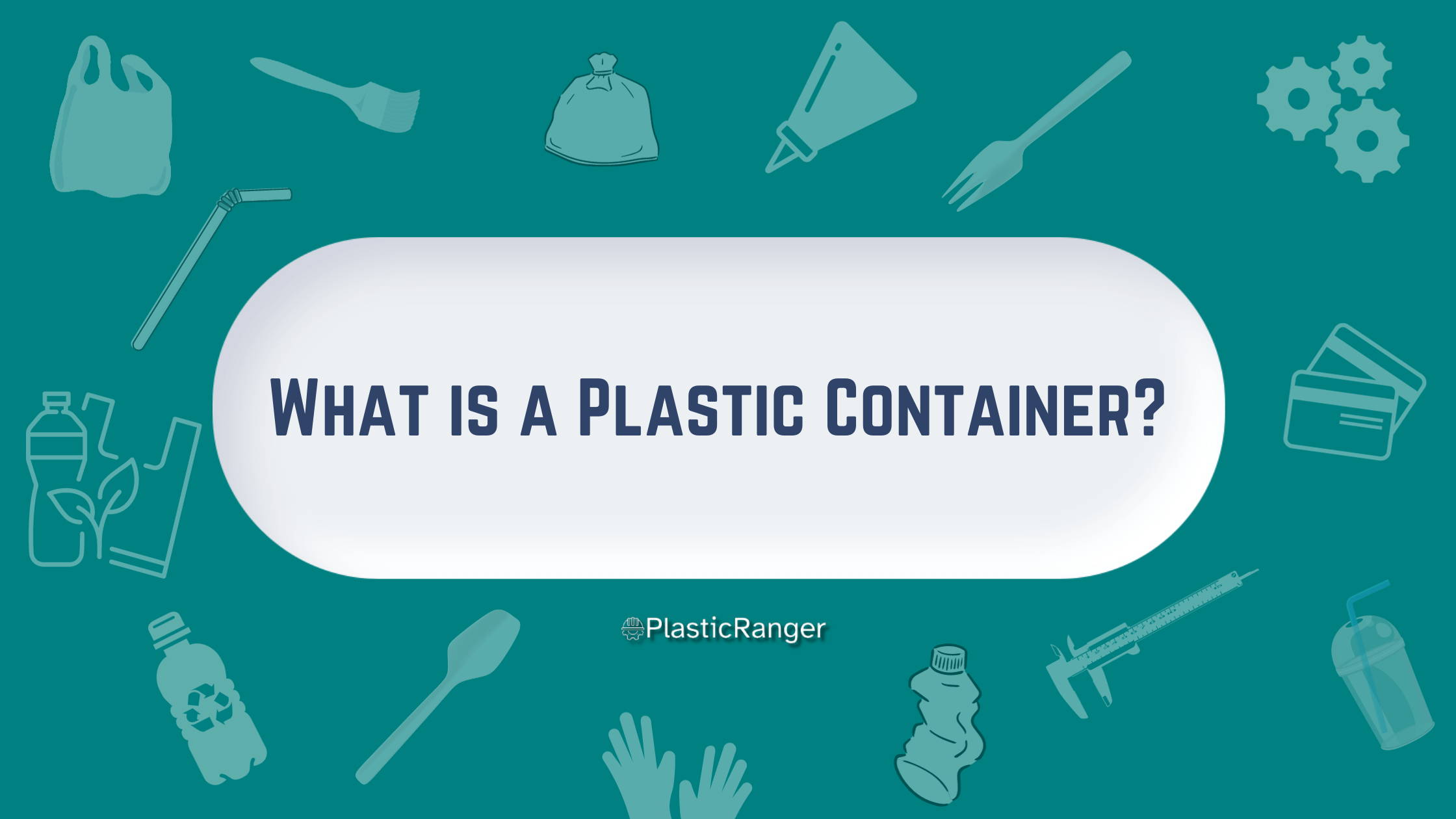A Comprehensive Guide to Plastic Containers
Plastic containers have become an integral part of our daily lives. From food storage to packaging products, these containers offer convenience and versatility. Here’s what you need to know.
Types of Plastic
PET (Polyethylene Terephthalate)
Commonly used for beverage bottles and microwavable meals. PET is straightforward and robust.
HDPE (High-Density Polyethylene)
Found in milk jugs, detergent bottles, and shopping bags. HDPE is Resistant to many chemicals.
PVC (Polyvinyl Chloride)
Used for piping, toys, and some packaging. It can contain harmful phthalates.
LDPE (Low-Density Polyethylene)
They are found in squeeze bottles, plastic films, and bread bags. LDPE is Flexible and lightweight.
PP (Polypropylene)
Common in yogurt containers, microwavable dishes, and plastic caps. Polypropylene Withstands heat well.
PS (Polystyrene)
Used for foam takeaway containers, plastic cutlery, and coffee lids. Polystyrene is brittle and can leach styrene.
Others (7)
The 7 types of plastics are less common plastics and bioplastics.
Benefits
Versatility
Plastic containers can be molded into countless shapes and sizes.
Lightweight
It helps in reducing transportation costs and emissions.
Durable
Resistant to breakage compared to materials like glass.
Sealability
Offers airtight storage, preserving product freshness.
Concerns
Environmental Impact
Plastic pollution, especially in oceans, significantly threatens marine life. Not all plastics are recyclable.
Health Concerns
Some plastics can leach chemicals, especially when heated or in contact with fatty or acidic foods.
Non-biodegradable
Most plastics take hundreds to thousands of years to decompose.
Recycling
Plastics should be cleaned and sorted before recycling. The number inside the recycling triangle symbol indicates the type of plastic. Not all facilities can recycle all types, so checking local guidelines is essential.
Reusing and Repurposing
Before disposing, consider if the container can be reused. Containers from takeaway meals, for instance, can be used for home storage. Upcycling is another option: old containers can be transformed into plant pots, organizers, or craft projects.
Safe Usage
Microwave Safety
Only use containers labeled as microwave-safe. Other plastics can warp or leach chemicals when heated.
Dishwasher Safety
Some plastics can warp in the dishwasher. Place on the top rack or hand wash.
Storage
Store food in plastics labeled for food use. Avoid storing acidic or fatty foods in containers not marked as safe.
BPA
Bisphenol A is a chemical found in some plastics that can be harmful. Look for “BPA-Free” on the label for safer options.
Alternatives to Plastic
For those looking to reduce plastic usage, consider options such as
Glass
Heavy but doesn’t leach chemicals. Great for food storage.
Metal
Stainless steel containers are durable and ideal for carrying lunch.
Silicone
Heat-resistant and flexible. Used in bakeware and storage.
Fiber-based materials
Compostable plates and bowls are often made from bamboo or paper.
Buying Tips
Quality Over Quantity
Invest in high-quality containers that will last longer and are less likely to degrade.
Size and Shape
Buy sizes you’ll use regularly. Opt for stackable designs to save space.
Seals
For food storage, airtight seals are crucial. Test the seal before purchasing.
Branding
Well-known brands might offer better quality and customer support.
Conclusion
Plastic containers offer convenience, but with growing environmental concerns, it’s crucial to use them responsibly. Reduce, reuse, recycle, and when possible, consider sustainable alternatives.
Quick Navigation

